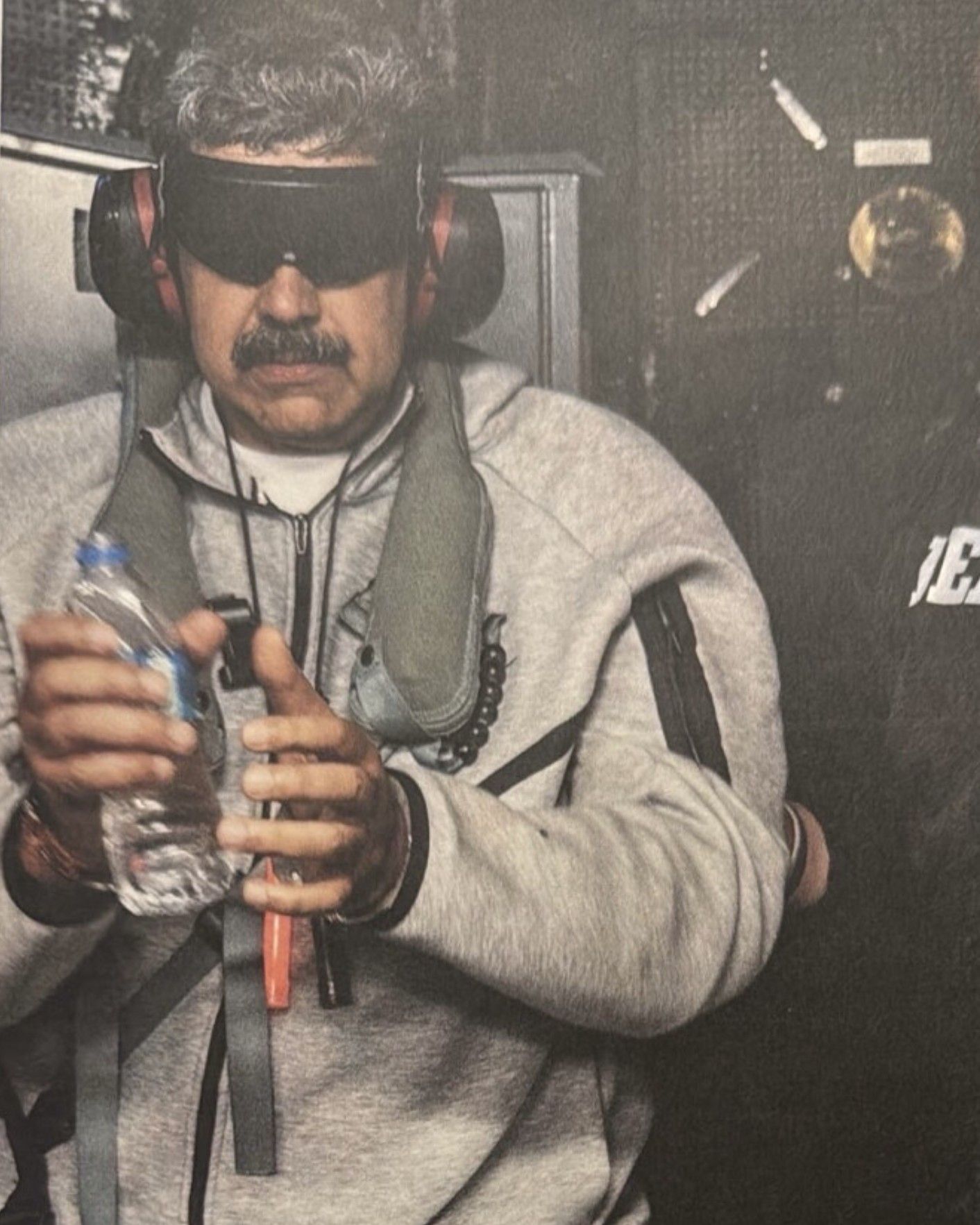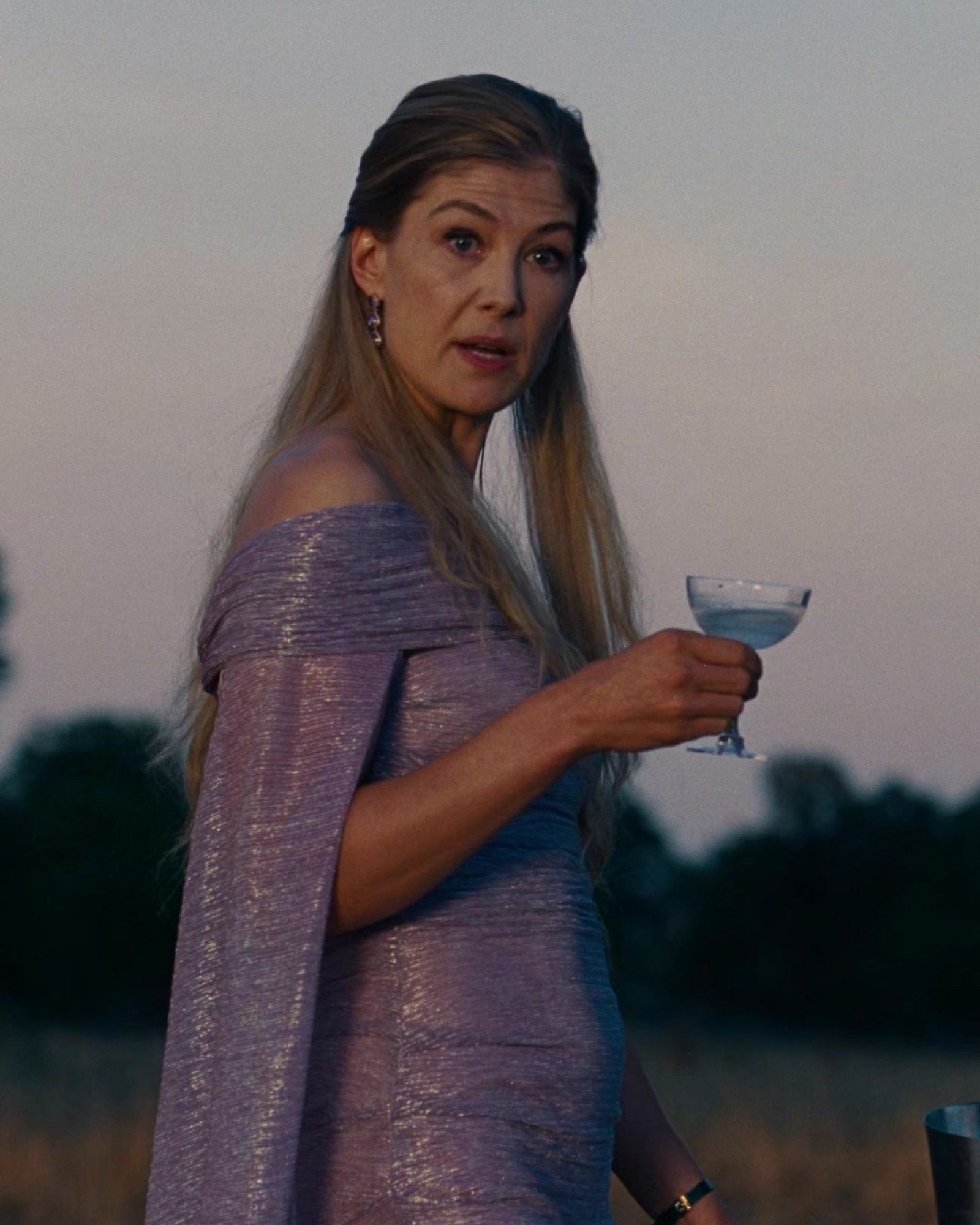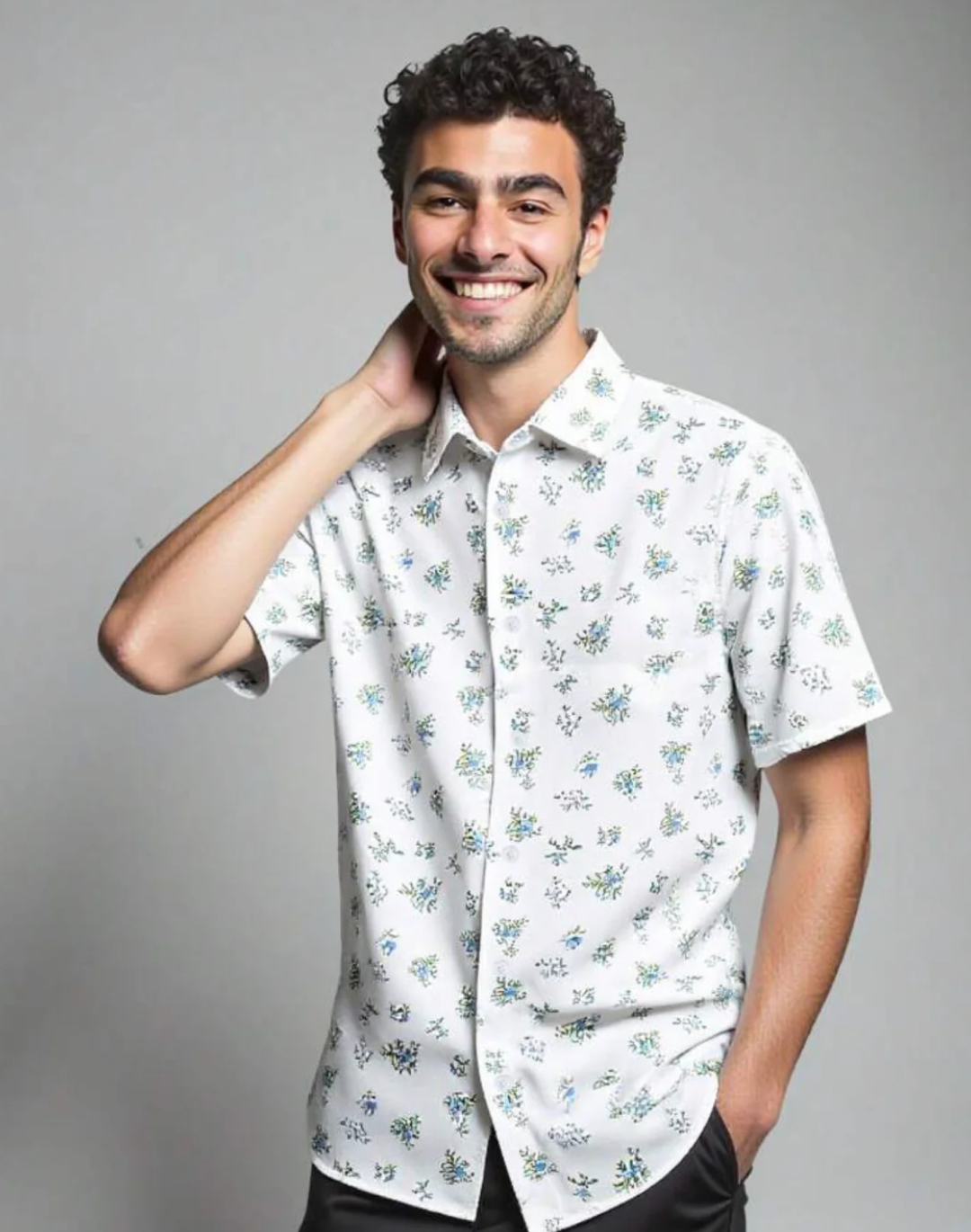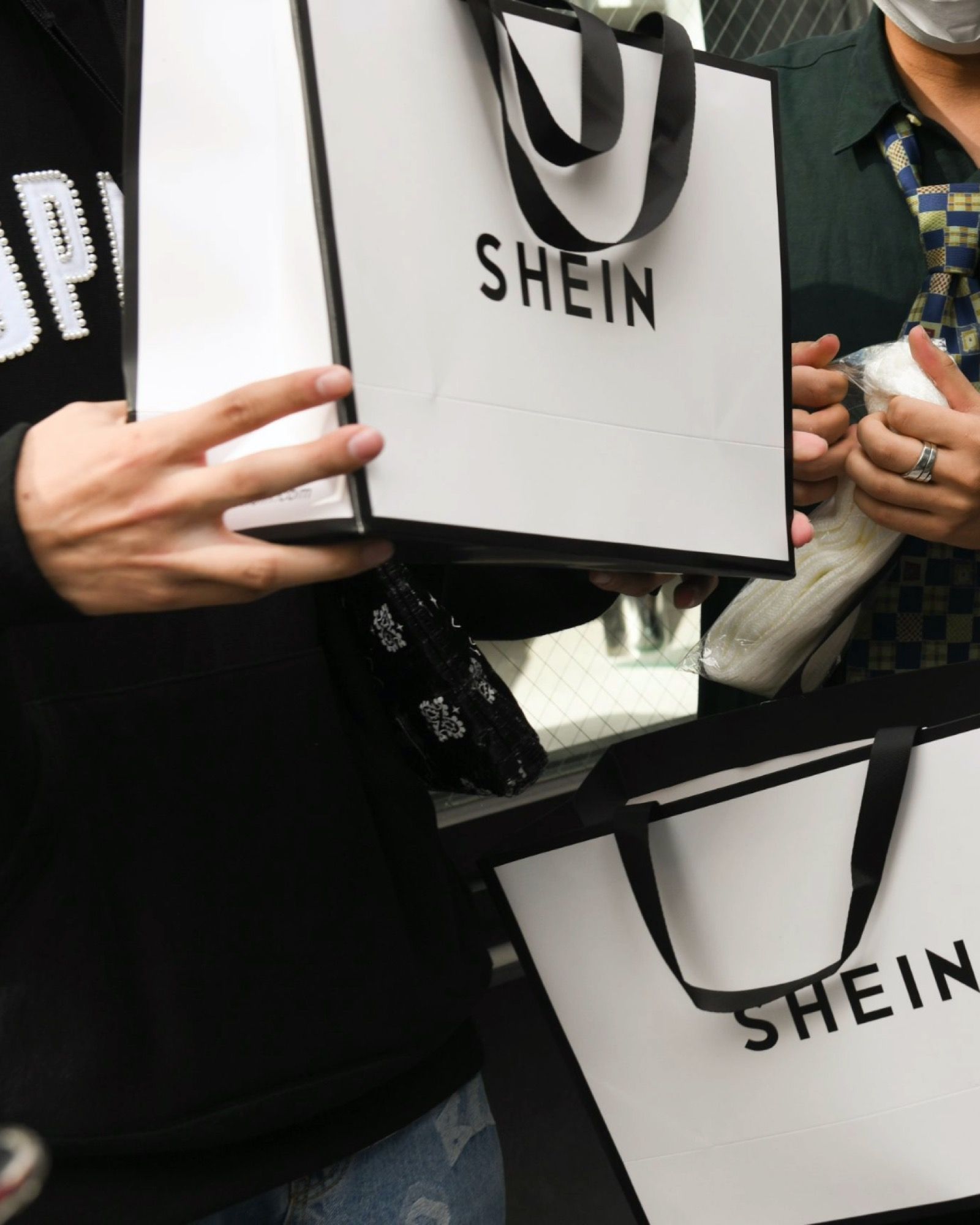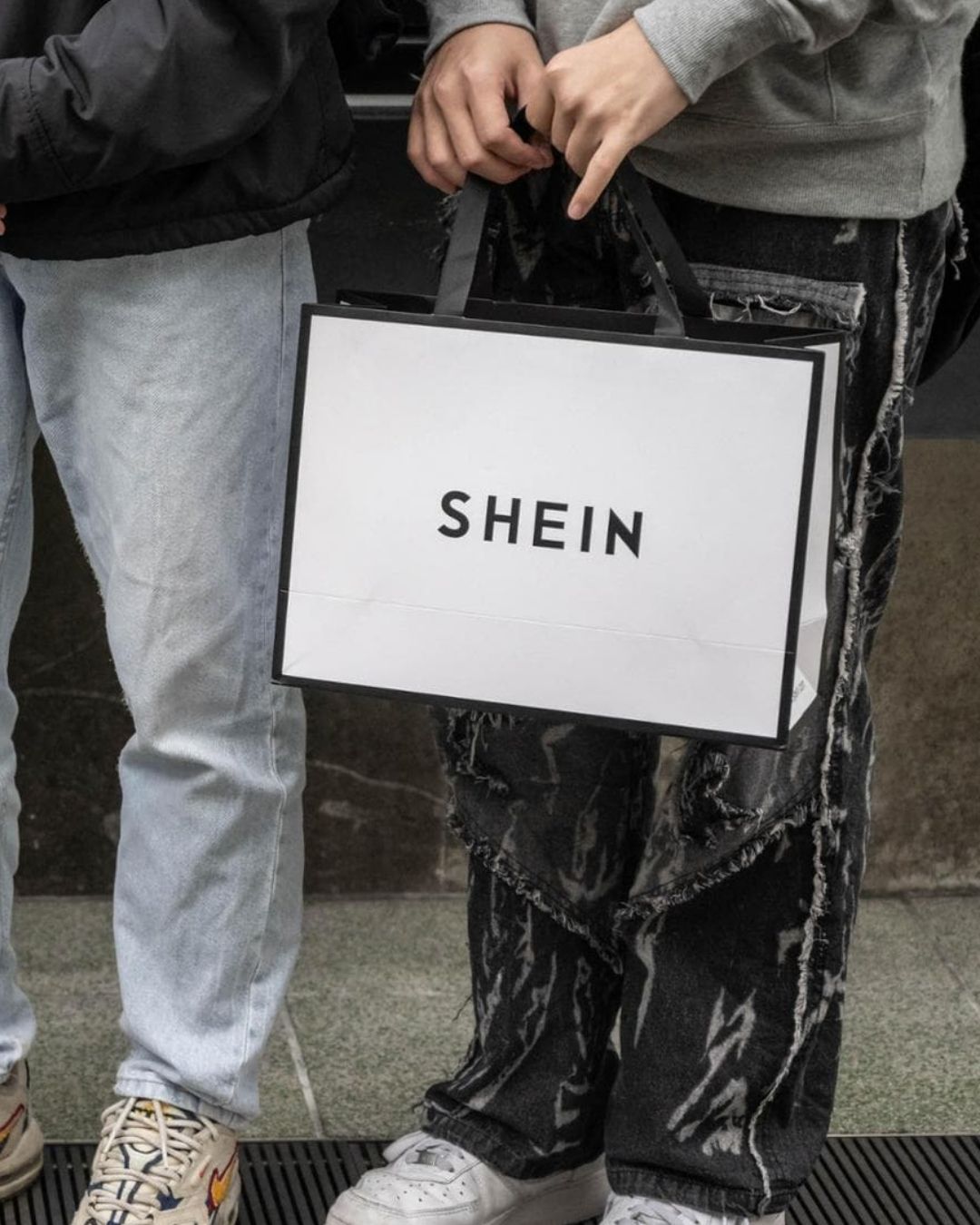
What the plagiarism of GCDS by Shein can tell us about our perception of fashion From the defence of intellectual property to consumeristic fomo
Fast Fashion chains have been copying the creations of big and small designers making disposable products according to trends for years. Designer Giuliano Calza, like many of his colleagues in the same situation, recently decided to call out Shein posting a denunciation post on his instagram featuring some pictures of his design, the famous bite-shaped sculpture heel, in a low-cost version. They call them dupes, cheap copies of high-end products powered by platforms such as TikTok, and it's a plagiarism issue that touches every sector, including cosmetics. Shein is one of the brand that is undoubtedly at the forefront of this dupe culture, appearing in headlines and courts almost daily for reproducing third-party creations without consent. This time, at the heart of the matter is, perhaps, an issue too often faded into the background: seeing creative people deprived of their work without any recognition or compensation has become quite normal.
This was the case for the Pleats Please suits by Issey Miyake reproduced last year by Zara, and the drop earrings by Bottega Veneta reproposed by Mango this season, and once again in the case of Shein, the designs of up-and-coming designers Chet Lo and Bailey Prado. This time it was the turn of an item much loved by the stars of the likes of Kylie Jenner, the sculptural heel shoes by GCDS that have achieved such popularity that Calza has decided to extend the range of sizes and numbers to include the male audience. An original and successful design that has certainly not slipped under Shein's radar, as the fast fashion giant is constantly on the lookout for the next trendy item to copy: «It's really an abuse and it's painful. Not only is [Shein] killing the planet to allow such low prices, but I find the theft of ideas, sweat and months of hard work to make something new offensive.» The Instagram post continues with photos of the incriminated sandals and an appeal to the public: «Only you can stop them! If you want creativity to survive, don't take part in their game.» Since the designer denounced Shein's article on his account, the dupe has been removed from the shop's resale site. But in addition to the legitimate complaint made by Calza for the unauthorised reproduction of his creations, a further factor amplified the debate on the perception of creativity in fashion. Hundreds of comments justified the fast fashion brand, actually blaming GDCS for adopting a price point that was too high for the public. In this way, Shein appeared almost like "a proletarian Robin Hood", ready to give away great designs to the masses for a few tens of dollars, a simplistic and dangerous argument that ignores the environmental and human damage that companies like the fast fashion giant do to the planet and society on a daily basis. In the same way, however, as pointed out by more than one user in the comments, the same brand when pointing the finger at aspects such as sustainability and the manufacturing supply chain of reality like Shein (in this sense an all too easy target) should be able to demonstrate its extraneousness to all those practices that have always distinguished all too many brands. Even the most unsuspected ones.
How long until Shein & FashionNova make a dupe of this outfit? https://t.co/e21jRAfgwp
— Bunny B (@MissHollywoodz) May 11, 2023
«Who the hell has $900 to spend on shoes these days? Most worry about groceries or rent and don't dip into their savings to buy a pair of heels»- commented one user. «Blaming people who literally cannot afford to buy your designs deciding to opt for cheaper options is really out of touch with reality. You have to accept the fact that not everyone (the majority of the population) has access to luxury and probably never will. They are not mediocre because they are not able to pay the high prices of luxury brands. You are making more money from these shows than all the money they will ever see in their lives,» adedd another user. Calza addressed the issue of pricing in the same post: «To those who ask me why my [shoes] don't cost so little... because I respect workers, wages and use a supply chain of ethical materials.»
Assuming that a shoe with a bite-sized sculptured heel is not a commodity that everyone needs in their wardrobe in order to get by in life, the issue on affordability and accessibility fashion appears once again problematic. For traditional works of art and music, plagiarism is commonly accepted as a significant intellectual violation, yet creativity in fashion often takes a back seat, probably due to the everyday nature of garments, accessories and footwear. If the GCDS heel had been a painting, perhaps we would have cried outrage. No one would have dared to say that each of us is entitled to the Guernica in our homes, perhaps precisely because none of us would ever dream of wearing the Guernica. Inaccessible, high-end brands have been existing for a long time and will continue to do so for a long time to come, but it is our consumerist fomo that has degenerated, fuelled by social media dialectic, fast fashion, trends moving the market at an epileptic pace, leading us to believe that the dupe of a luxurious product will really improve the quality of our lives. We often forget that fashion (unlike clothing) is sometimes also art, certainly the fruit of creativity, and as such it should be respected. And even though influencers want us to believe otherwise, we really have no need for an illegitimate reproduction of a $20 design.


